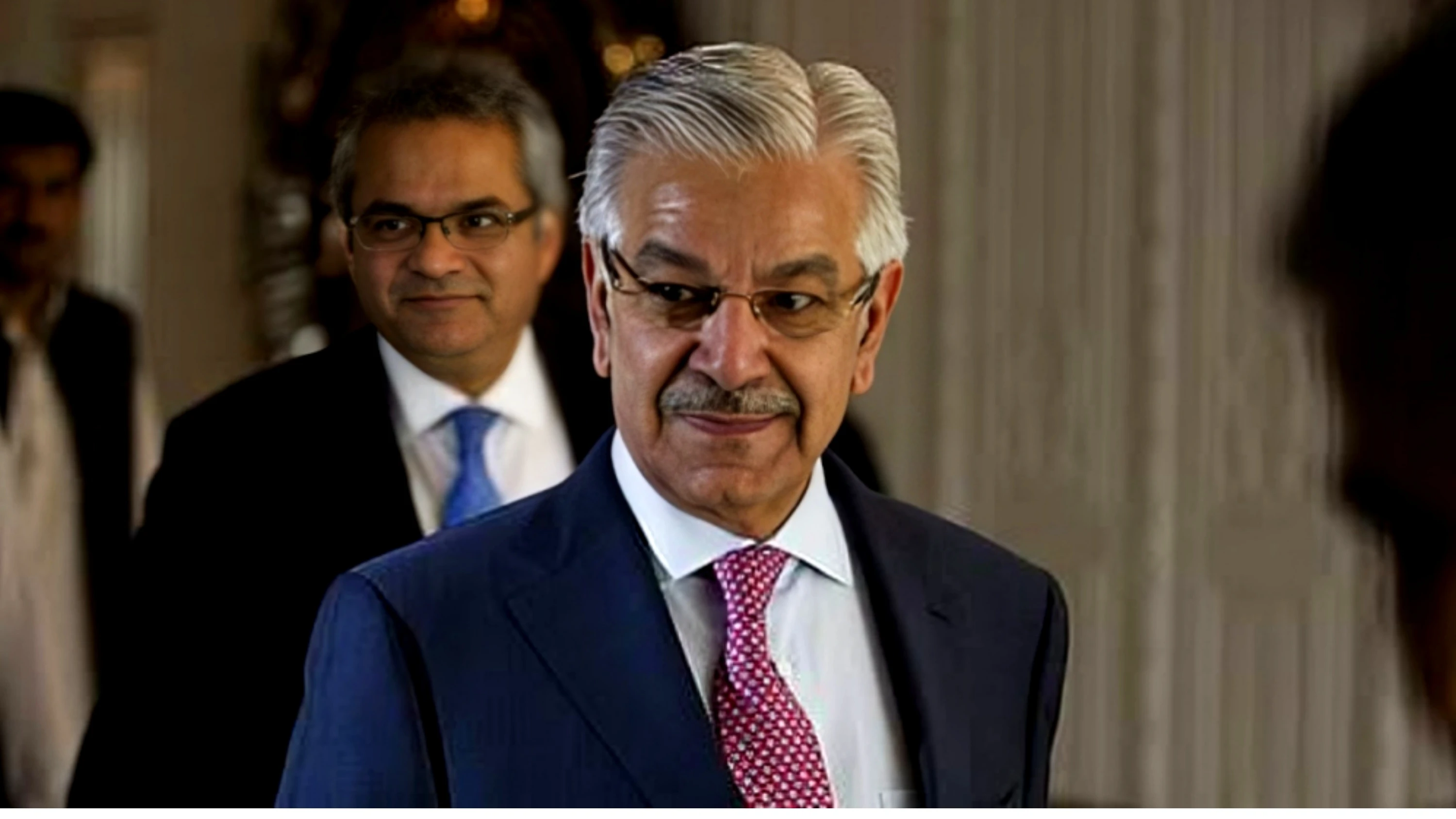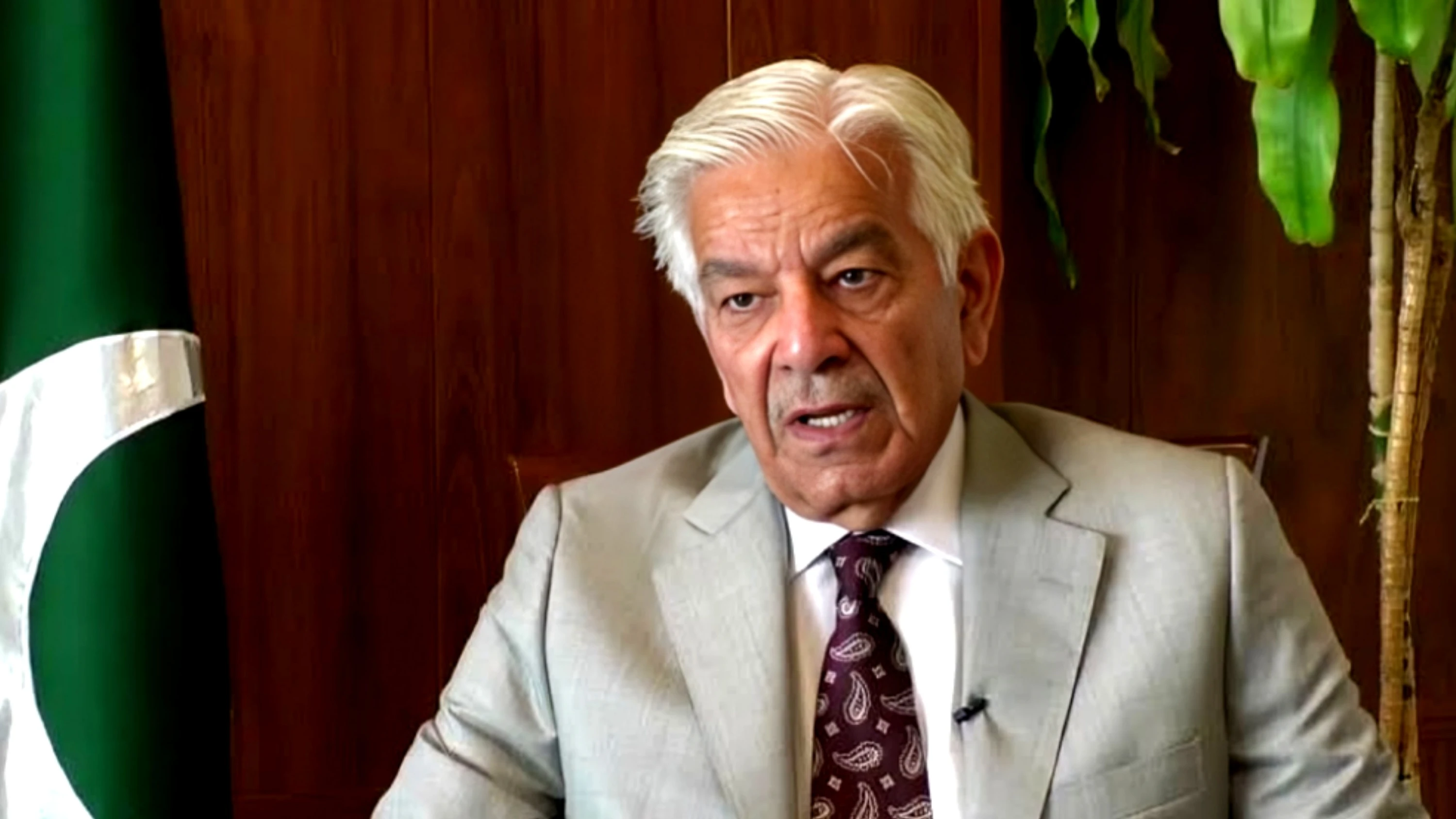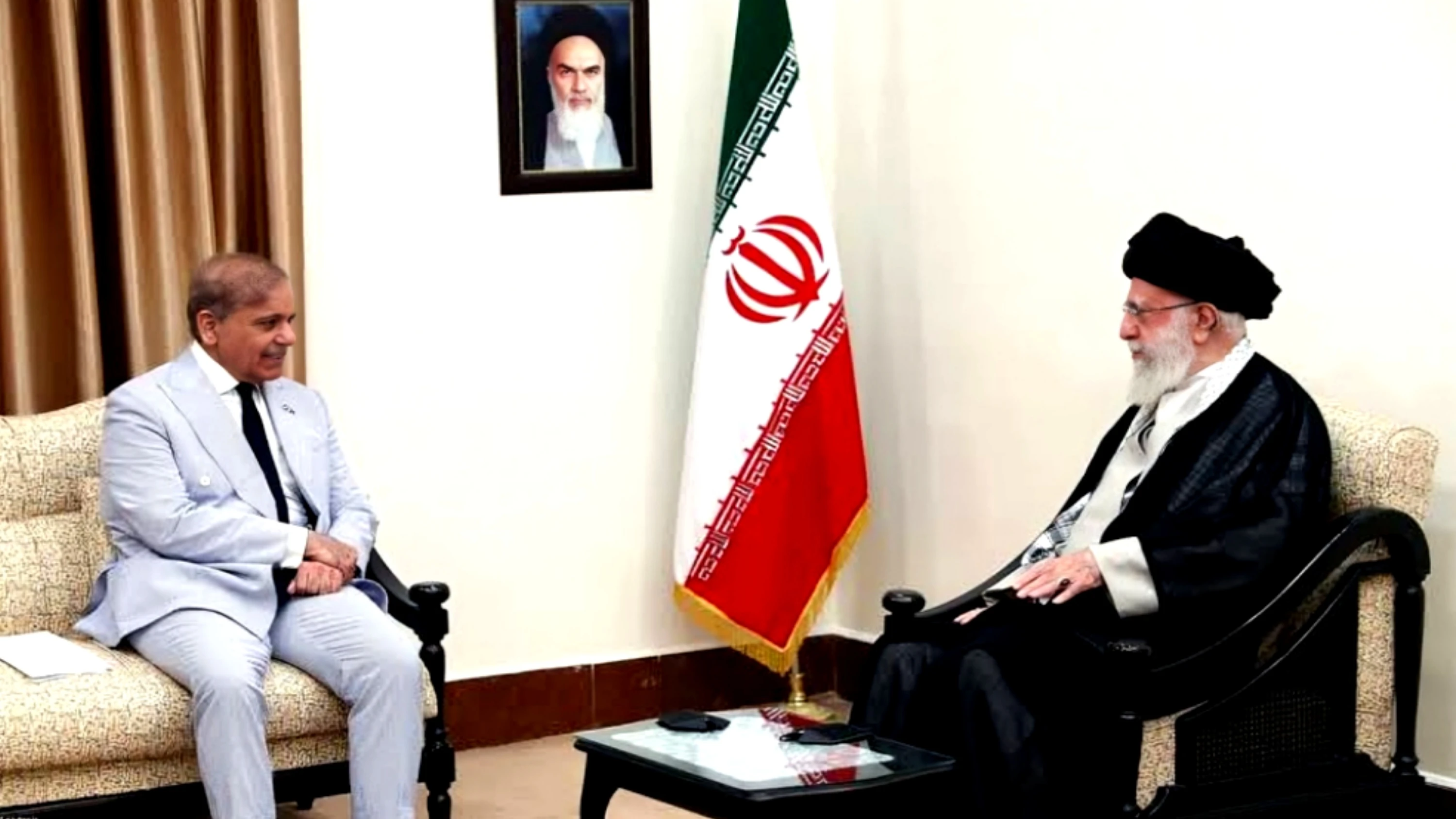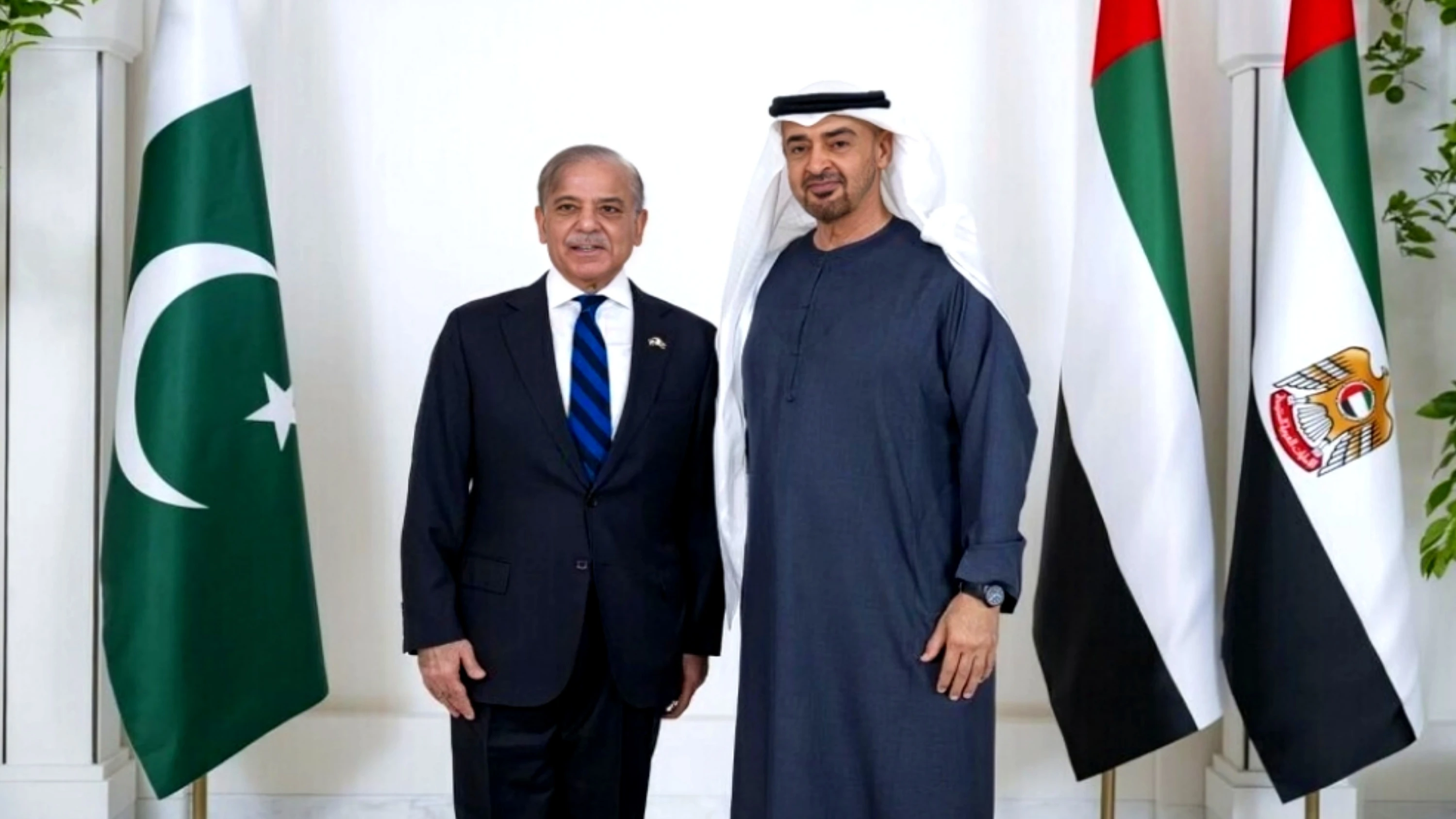Islamabad: The recent announcement by U.S. President Donald Trump to impose higher tariffs on Pakistani products—though currently on temporary suspension—could have devastating consequences for Pakistan’s key exports, warns a new report by the Pakistan Institute of Development Economics (PIDE).
According to the report, PIDE cautions that the proposed “Trump Tariffs” could spark a storm across Pakistan’s trade landscape. The unilateral imposition of duties by the U.S. could significantly disrupt Pakistan’s export sector, leading to macroeconomic instability, major job losses, and a sharp decline in foreign exchange earnings.
In a stern policy note authored by Dr. Muhammad Zeeshan, Dr. Shujaat Farooq, and Dr. Usman Qadir, the researchers assess the impact of a proposed 29% increase in U.S. tariffs on Pakistani exports. The note indicates that if the current Most Favored Nation (MFN) tariff of 8.6% is increased, total duties could reach 37.6%, potentially causing a 20–25% decline in Pakistani exports to the U.S. This would result in an annual loss of $1.1 to $1.4 billion—mostly impacting Pakistan’s textile sector.
The United States became Pakistan’s largest single-country export destination in FY2024, with exports totaling $5.3 billion. A large share of these exports included textiles and garments, which are already subject to tariffs of up to 17%. Implementation of the proposed tariffs would severely undermine Pakistan’s price competitiveness, potentially allowing regional rivals such as India and Bangladesh to capture market share.
PIDE warns that the economic fallout would extend beyond textiles. Major exporters like Nishat Mills and Interloop may be forced to scale down production, threatening over 500,000 jobs. Non-textile exports—including leather, rice, surgical instruments, and sports goods—are also at risk.
Despite the risks, the policy note frames the crisis as a potential turning point. It urges the Pakistani government to respond with immediate and calculated action. In the short term, PIDE recommends high-level diplomatic engagement to highlight the mutual costs of the tariffs and to preserve long-standing trade relations.
For example, the U.S. exported $181 million worth of cotton to Pakistan in 2024, a trade flow now under threat. Pakistan could consider reducing tariffs on select U.S. imports such as machinery, scrap metal, and petroleum to create negotiating space. Additionally, Pakistani firms should be encouraged to use more U.S.-origin inputs like cotton and yarn to maintain value chains and qualify for tariff exemptions.
For the long term, PIDE emphasizes the urgent need for diversification—both in export products and markets. Emerging regions like the EU, China, ASEAN, Africa, and the Middle East offer promising opportunities in sectors such as IT, halal food, processed foods, and sports goods.
The report also calls for measures to reduce energy and logistics costs, streamline regulations, and promote innovation and technology adoption. It advocates for a comprehensive U.S. trade strategy that aligns with Pakistan’s capabilities in technology, agriculture, energy, and value-added manufacturing.
On the international front, PIDE notes that the proposed U.S. tariffs would exceed the World Trade Organization (WTO) bound limit of 3.4%, potentially violating multilateral trade rules. While legal recourse through the WTO is an option, Pakistan’s limited financial capacity may hinder such efforts. More crucially, the tariffs ignore the interconnected nature of global trade.
The U.S.-Pakistan textile loop is a key example: U.S. cotton feeds Pakistani mills, which in turn export finished garments back to the U.S. Disrupting this value chain would harm both economies.
PIDE concludes that while the path forward is difficult, it also presents an opportunity for Pakistan to overhaul and strengthen its export framework. Through timely diplomacy, strategic policy reforms, and bold diversification efforts, Pakistan can not only withstand this external shock but also emerge as a more competitive and resilient player in the global economy.








